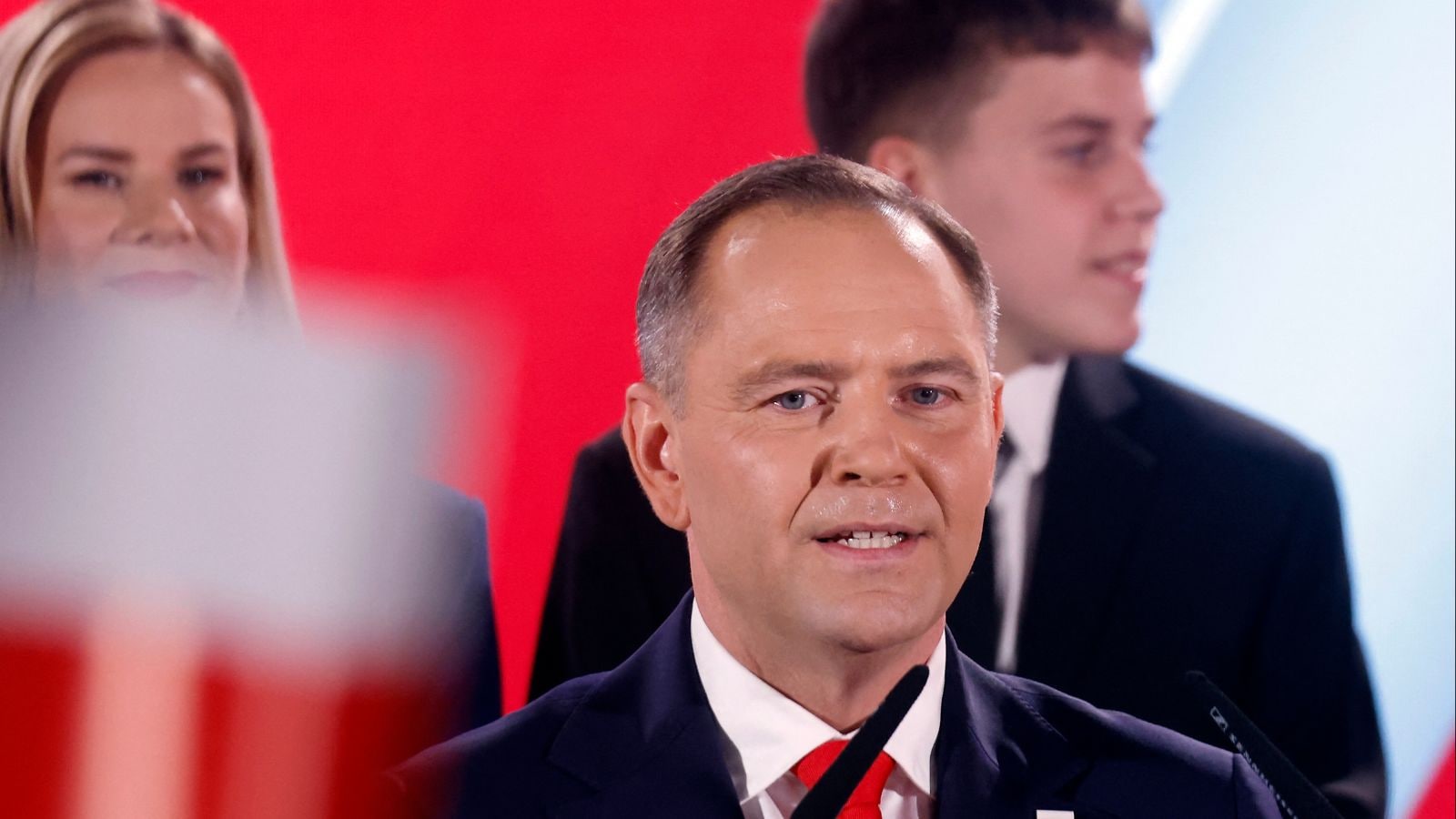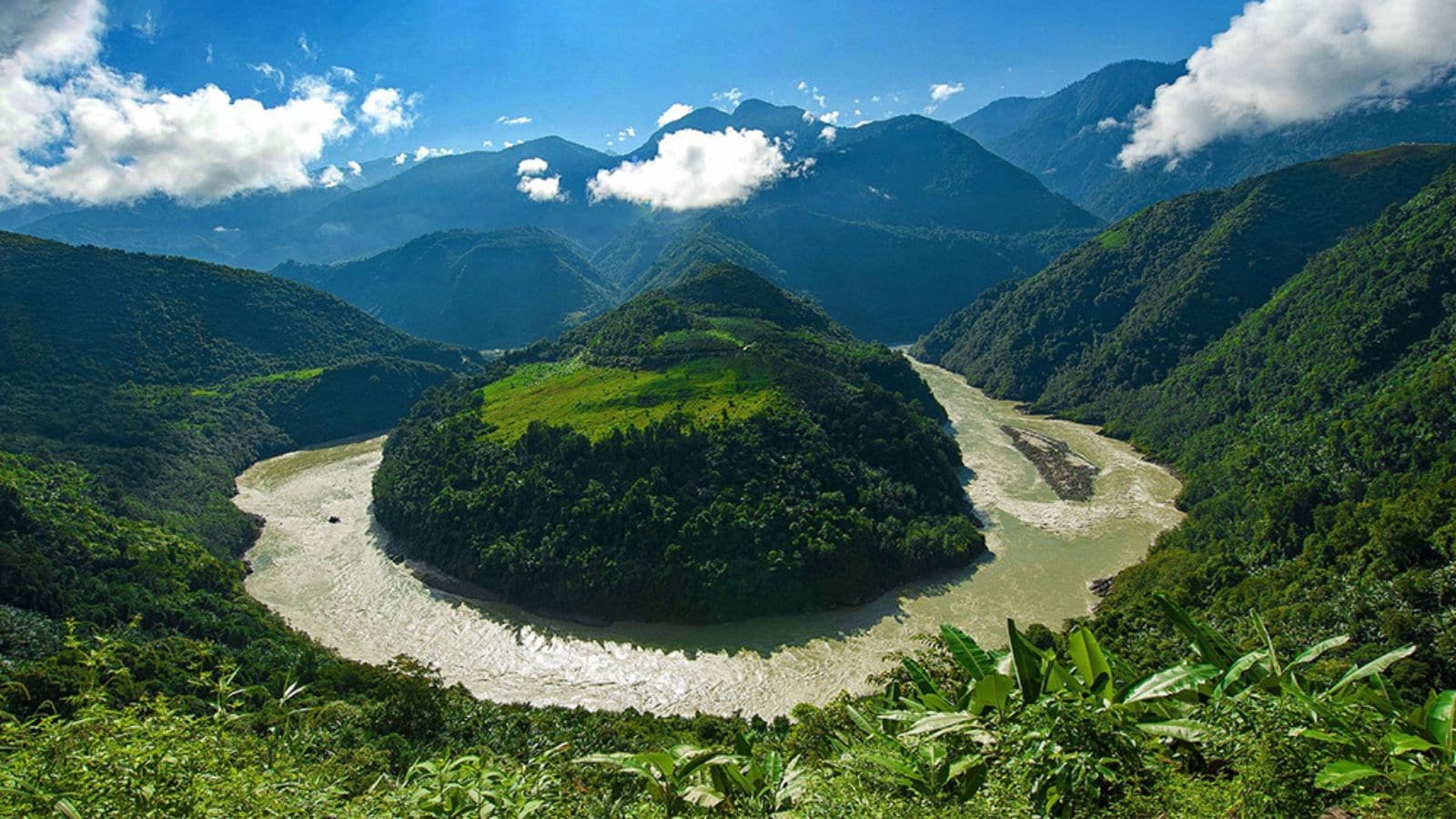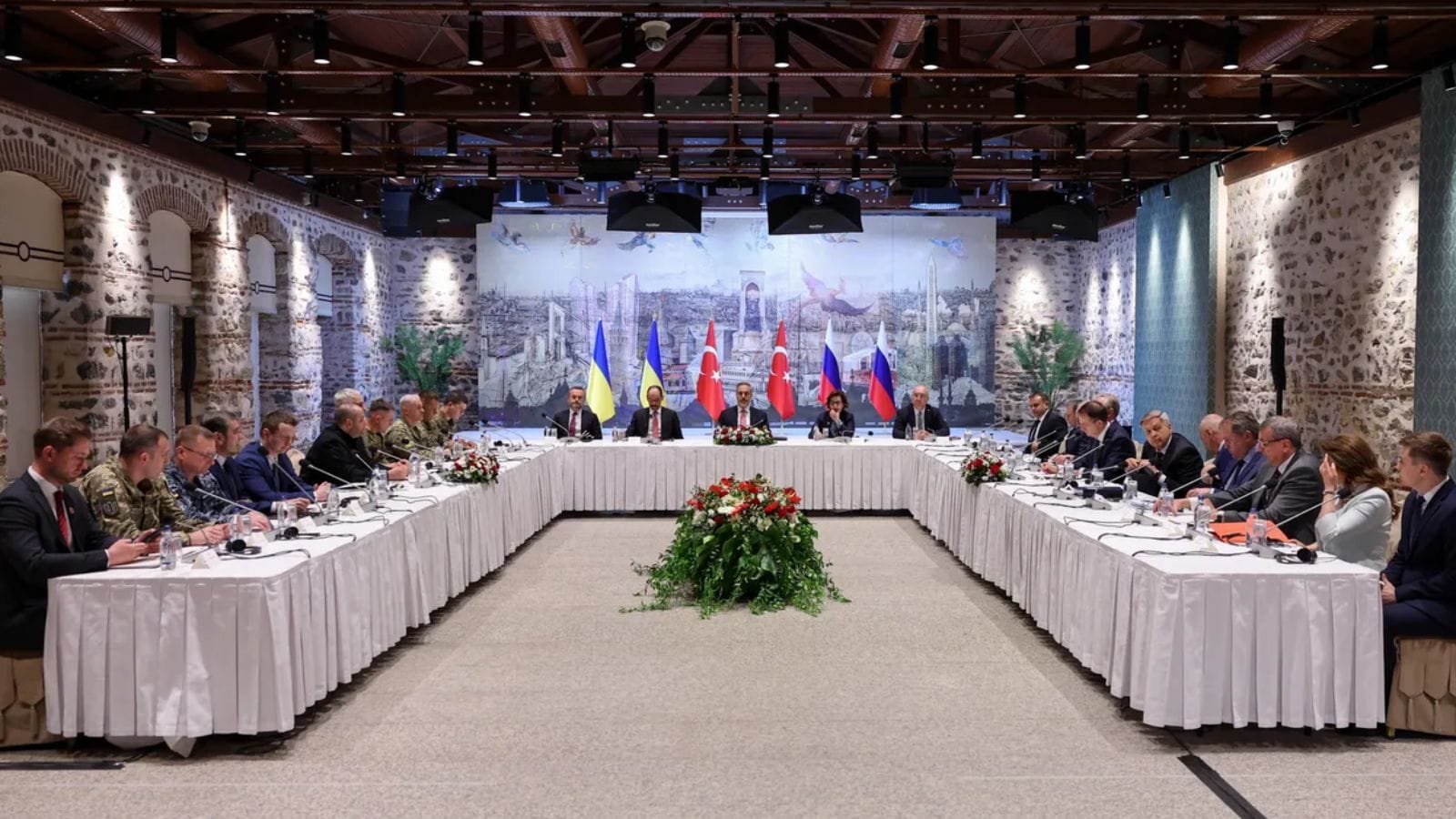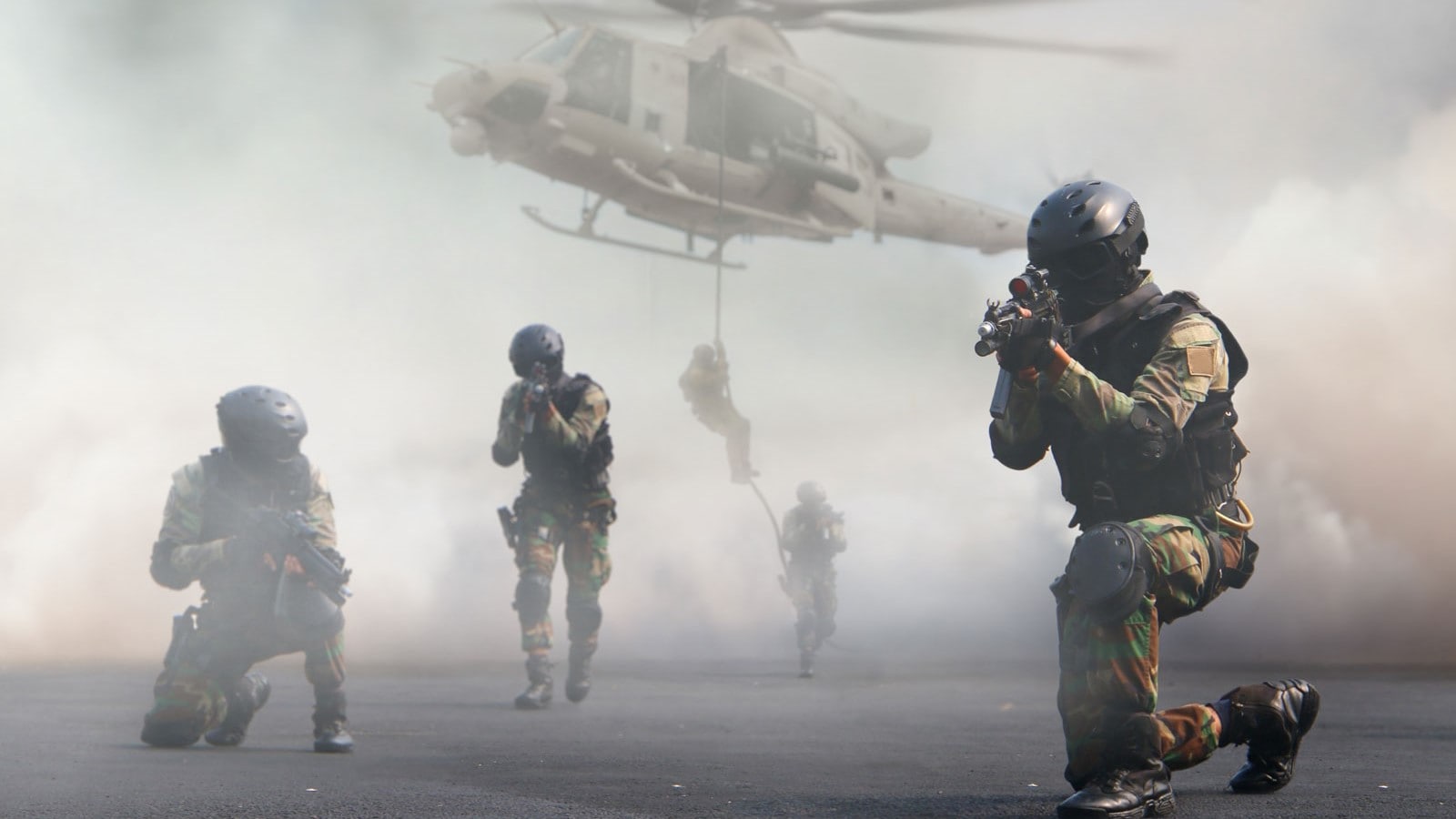Iran's uranium enriched to 60% has increased significantly, nearing weapons-grade levels. The IAEA urges Tehran to cooperate amid stalled US-Iran nuclear negotiations and ongoing diplomatic efforts.

Iran's Supreme Leader Ayatollah Khamenei
Iran has significantly expanded its stockpile of uranium enriched close to weapons-grade levels, according to a confidential report by the United Nations’ nuclear watchdog, the Atomic Energy Agency (IAEA), seen by the Associated Press. The IAEA also urged Tehran to urgently alter its course and cooperate with the agency’s long-running investigation into its nuclear activities.
The IAEA report, released Saturday, arrives at a diplomatically delicate moment. US President Donald Trump is reportedly seeking a deal with Tehran to rein in its nuclear program, but several rounds of negotiations between the two sides have so far failed to yield a breakthrough.
According to news agency AP, the Vienna-based IAEA reported that as of May 17, Iran had amassed 408.6 kilograms (900.8 pounds) of uranium enriched up to 60 per cent. This marks an increase of 133.8 kilograms (294.9 pounds) — nearly per cent, since the agency’s previous quarterly report in February. The AP notes that “60 per cent enriched material is a short, technical step away from weapons-grade levels of 90 per cent.”
What’ Inside The Report
The report emphasized that Iran is now “the only non-nuclear-weapon state to produce such material,” which the agency described as a matter of “serious concern.” The IAEA also pointed out that “approximately 42 kilograms of 60 per cent enriched uranium is theoretically enough to produce one atomic bomb, if enriched further to 90 per cent.”
The watchdog further estimated that Iran’s total stockpile of enriched uranium, including lower enrichment levels, had reached 9,247.6 kilograms (20,387.4 pounds), reflecting an increase of 953.2 kilograms (2,101.4 pounds) since February.
While Iran continues to assert that its nuclear program is purely peaceful, IAEA Director General Rafael Mariano Grossi has warned that the stockpile is sufficient to produce “several” nuclear bombs if Iran chooses to proceed.
Tehran pushed back forcefully against the report. In a joint statement, Iran’s Foreign Ministry and the Atomic Energy Organization of Iran rejected the findings, accusing the agency of relying on “unreliable and differing information sources” and said the report was “biased, unprofessional and lacking crucial, updated information.”
“The Islamic Republic of Iran expresses its disappointment about the report, which was prepared by imposing pressure on the agency for political purposes, and expresses its obvious objection about its content,” the statement said. It also reiterated that Supreme Leader Ayatollah Ali Khamenei has issued a religious decree prohibiting nuclear weapons.
Iran further criticized the IAEA for failing to acknowledge the impact of the US's unilateral withdrawal from the 2015 nuclear deal in 2018, a decision made by the Trump administration, which Tehran sees as the root cause of the current nuclear impasse.
The IAEA has also raised questions about past undeclared activities at three sites believed to be part of a structured nuclear weapons program Iran allegedly ran until the early 2000s. The agency said these sites may have involved the use of undeclared nuclear material.
Meanwhile, diplomatic efforts continue. Omani Foreign Minister Badr al-Busaidi, who is mediating talks between Washington and Tehran, was in Tehran over the weekend to deliver a new US proposal, Iranian Foreign Minister Abbas Araghchi wrote on X. The fifth round of US-Iran talks, held in Rome last week, showed “some but not conclusive progress,” according to al-Busaidi.
Published By:
Aashish Vashistha
Published On:
Jun 1, 2025

 1 day ago
1 day ago



















